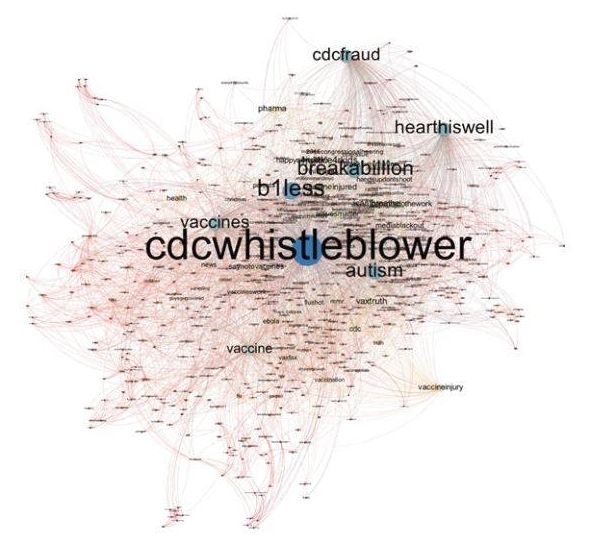
Aging, inflammation, cancer, and cellular senescence are all intimately interconnected. Deciphering the nature of each thread is a tremendous task, but must be done if preventative and geriatric medicine ever hope to advance. A one dimensional analysis simply will not suffice. Without a strong understanding of the genetic, epigenetic, intercellular, and intracellular factors at work only an incomplete picture can be formed. However, even with an incomplete picture useful therapeutics can and are being developed. One face is cancer, a number of diseases characterized by uncontrolled cell division. The other is slue of degenerative disorders stemming from deterioration in regenerative capacity.
Geroprotectors are a diverse and growing family of compounds that assist in preventing and reversing the unwanted side-effects of aging. Senolytics, a subset of this broad group, accomplish this feat by encouraging the removal of decrepit cells. A few examples include dasatinib, quercetin, and ABT263. Although more research must be done, there are a precious handful of studies accessible to anyone with the inclination to scroll to the works cited section of this article. Those within the life extension community and a few enlightened souls outside of it already know this, but it bears repeating: in the developed world all major diseases are the direct result of the aging process. Accepting this rather simple premise, and you really ought to, should stoke your enthusiasm for the first generation of anti-aging elixirs. Before diving into the details of this promising new pharmaceuticals we must ask what is cellular senescence? What causes it? What purpose does it serve?
Depending on the context in which they are operating a single gene can have positive or negative effects on an organism’s phenotype. Often the gene is exerting both desirable and undesirable influences at the same time. This is called antagonistic pleiotropy. For example, high levels of testosterone can confer several reproductive advantages in youth, but in elderly men can increase their likelihood of developing prostate cancer. Cellular senescence is a protective measure; it is a response to damage that could potentially turn a healthy cell into a malignant one. Understandably, this becomes considerably more complex when one is examining multiple genes and multiple pathways. Identifying all of the players involved is difficult enough. Conboy’s famous parabiosis experiment shows that alterations in the microenviornment, in this case identified and unidentified factors in the blood of young mice, can have be very beneficial to their elders. Conversely, there is a solid body of evidence that shows senescent cells can have a bad influence their neighbors. How can something similar be achieved in humans without having to surgically attach a senior citizen to a college freshman?
Read more

















